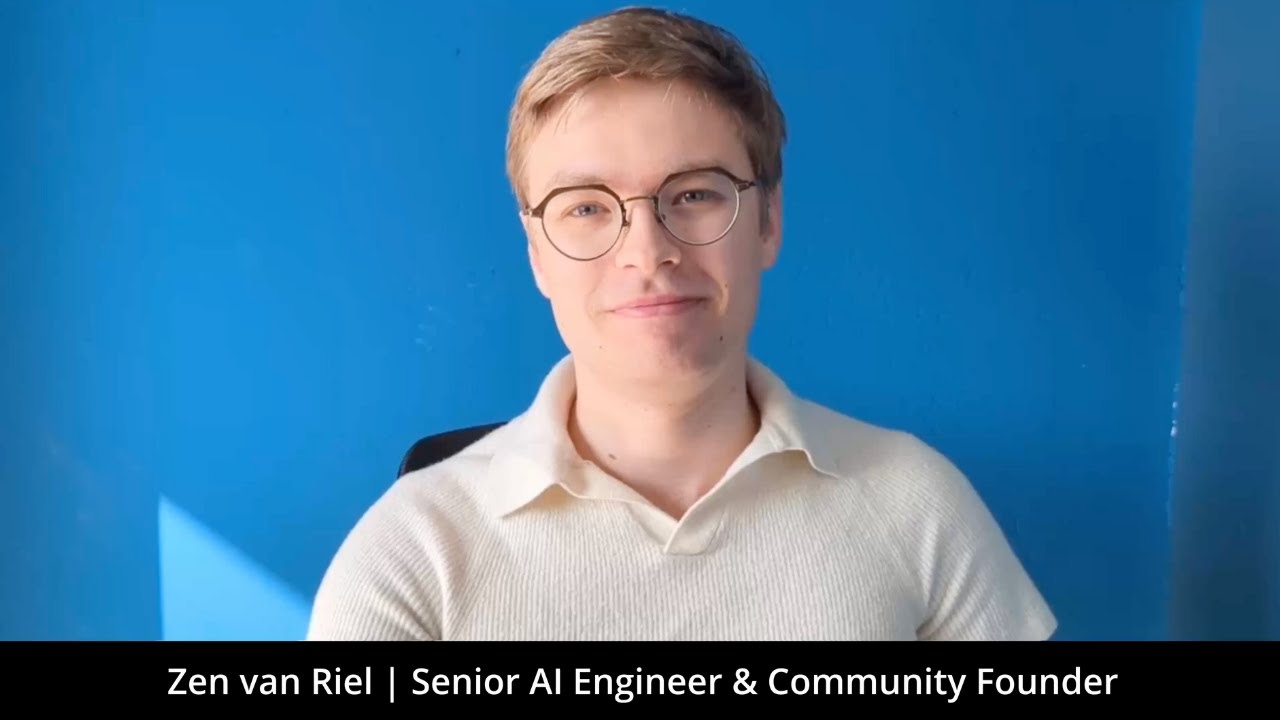The Collaborative Learning Advantages of AI Native Communities
I learned the hard way that trying to master AI implementation in isolation significantly limits your growth rate. When I started my journey toward becoming an AI engineer, I spent countless hours alone with tutorials and documentation, making slow progress. Everything changed when I connected with other practitioners. This experience is why I created the AI Native community—to provide a collaborative environment where knowledge compounds, challenges are overcome collectively, and real-world implementation expertise is shared freely among members, just like the environment that accelerated my own career. The comprehensive AI engineering career path demonstrates how community-supported learning accelerates professional growth.
The Power of Collective Intelligence
AI Native communities amplify learning through:
- Exposure to diverse implementation approaches for similar problems (I constantly learn new techniques from community members)
- Quick feedback on your solutions from experienced practitioners (something that saved me weeks of frustration)
- Access to proven patterns that avoid common pitfalls (I share the exact approaches I use in production)
- Awareness of cutting-edge techniques being applied in production (not theoretical concepts, but working solutions)
This collaborative environment often compresses years of trial-and-error into months of guided learning. It’s exactly how I condensed what should have been a decade-long career journey into just four years, going from self-taught beginner to senior engineer at a big tech company.
Beyond Content Consumption
While courses and tutorials deliver structured content, communities provide dynamic learning that adapts to emerging challenges:
- Real-time problem-solving with peers facing similar obstacles (something I needed desperately when learning RAG implementations)
- Knowledge sharing about brand-new capabilities and tools (I share what I learn implementing AI at scale)
- Implementation strategies for just-released models and techniques (like my approaches to the latest cloud AI models)
- Discussions about production considerations rarely covered in courses (the gap between demos and real systems)
For hands-on guidance on implementing these complex systems, check out my complete RAG systems implementation tutorial.
This living knowledge base constantly evolves with the rapidly changing AI landscape. In my community, we’re not stuck with outdated material—we’re discussing what works right now with real production systems.
Career Acceleration Through Connection
Communities provide career benefits beyond technical learning—benefits I’ve experienced firsthand:
- Direct networking with industry professionals (how I found opportunities at major tech companies)
- Visibility for your work and capabilities (showcasing implementation skills that matter)
- Mentorship from those who’ve successfully navigated similar paths (I now provide this to others)
- Access to opportunities through community connections (how many members find their roles)
These relationships often lead to career advancements unavailable through traditional application channels. I’ve seen this repeatedly both in my own career and with members of my community who have dramatically accelerated their professional growth. Building a compelling AI engineering portfolio becomes much easier when you have a community to provide feedback and collaboration opportunities.
Ready to accelerate your AI journey through collaborative learning? Join the AI Engineering community where I’ll personally help you navigate the implementation challenges I’ve already overcome. You’ll connect with over 100 fellow practitioners, learn the exact implementation best practices I use daily building production AI systems, and build your network in a supportive environment focused on the practical AI engineering skills that actually advance your career.

